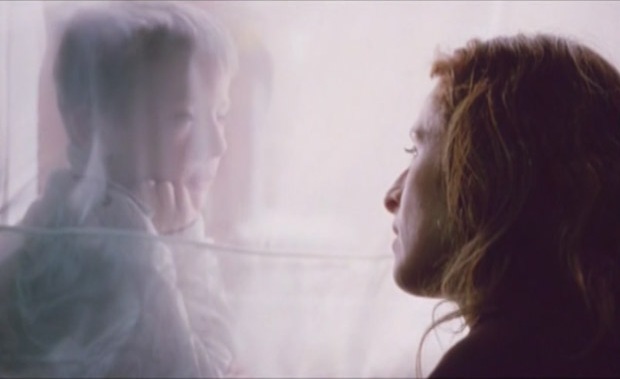Visualising: From Screen to Page
Visualising: From Screen to Page
Visualisation is when we interpret a printed text into internal images. This is a natural process for trained readers but the link needs to be made more explicit for a developing learner. Asking them to draw a character or a scene from a printed text allows them to present their unique interpretation of the text.
Using visual tools such as mind maps can be a very effective way of making sense of a text, summarising key elements, committing information to memory or sharing ideas, while storyboards or comic-book software make the creation of narrative easier and more fun.
In the same way, learners can often develop a better understanding of moving image texts by ‘translating’ them into a piece of writing such as a poem, short story, diary entry or newspaper item, or by adapting and ‘audio-visualising’ a short written text into a storyboard.
A word of caution
Only attempt storyboarding after your pupils are familiar with storyboards through copying off the screen (see Shots in Sequence and ideally after gaining some understanding of editing). Also, encourage them to keep the written passage short - a few well-chosen lines or a couple of paragraphs can generate pages of storyboard.

Suggested activities
- Take a short written text (story openings can be good) and ‘audio-visualise’ it on a storyboard.
- Write a sequel to the film, remembering to add drama and tension! Use the Continue the Story worksheet as a guide.
- Or draw a Storyboard of the beginning of a sequel to the film.
- Write a short paragraph describing a character from a film you have seen, as if you were introducing them into a short story. Try to bring out their personality as well as their appearance.
- Draw a mind map showing the main elements of the story of a film.
- Choose one of the characters from a film and write a diary entry of their day (including the events of the film).
- Write the front page article for your local newspaper the day after the events portrayed in the film.
- Make a PowerPoint presentation to convey as effectively as possible what you have learned from a screen text.
- Record a podcast about a film you have watched.